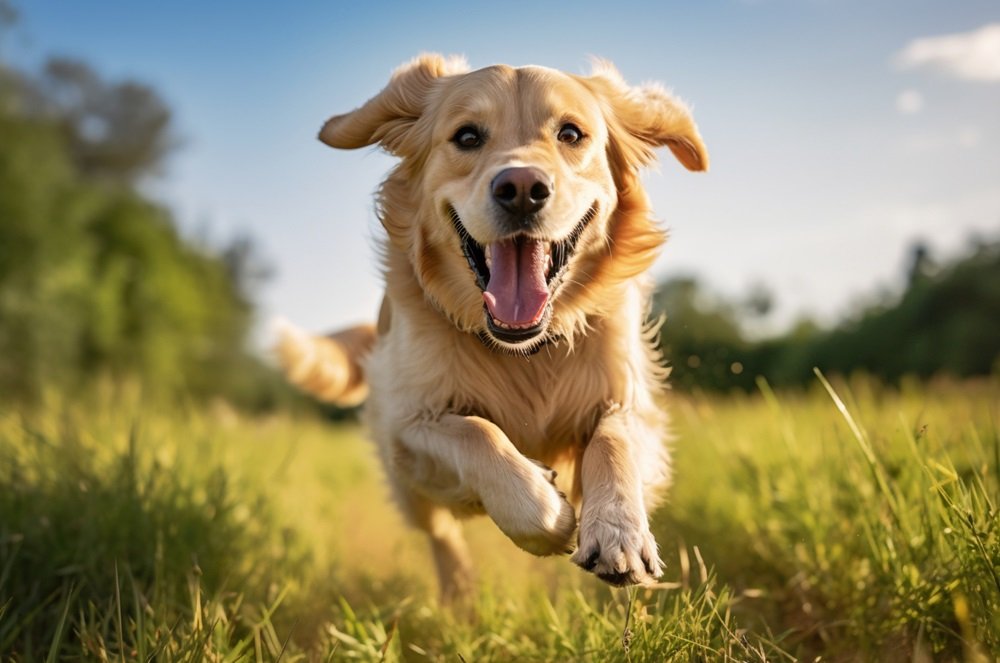Dogs are known for their beautiful coats and fur, but sometimes, they can develop a problem that affects their appearance and overall health. Matting in dogs is a common issue that can occur when their fur becomes tangled and matted, often causing discomfort, pain, and even skin irritation. As a responsible dog owner, it’s essential to understand what matting is, its causes, and how to prevent and treat it.
What Is Matting in Dogs?
Matting occurs when a dog’s fur becomes twisted and knotted, often forming a tight, hard mass that can be difficult to remove. This can happen when a dog’s coat is long, curly, or coarse, and especially in breeds prone to matting, such as Poodles, Bichon Frise, and Afghan Hounds. Matting can occur anywhere on a dog’s body, but it’s most common on the ears, legs, and tail.
Causes of Matting in Dogs
Matting can be caused by a combination of factors, including:
• Poor grooming habits or infrequent grooming
• Overgrowth of the undercoat
• Matted or tangled fur from birth
• Skin conditions or allergies
• Environmental factors, such as humidity or dryness (See Also: How To Introduce Yourself To A Dog)
Symptoms of Matting in Dogs
Matting can cause a range of symptoms, including:
• Discomfort or pain
• Skin irritation or infection
• Redness or inflammation
• Hair loss or breakage
• Unpleasant odor
Preventing and Treating Matting in Dogs
Preventing matting is easier than treating it. Regular grooming, using the right tools and techniques, can help prevent matting from occurring. If your dog does develop matting, it’s essential to treat it promptly to prevent further irritation and damage. In this article, we’ll explore the causes, symptoms, and treatment options for matting in dogs, as well as provide tips on how to prevent it from happening in the first place. (See Also: What Is The Lifespan Of A Beagle Dog)
What Is Matting In Dogs?
Matting in dogs refers to the tangled and knotted accumulation of fur, often caused by shedding, tangling, or matting of the dog’s coat. This condition can be painful and uncomfortable for the dog, and if left untreated, can lead to skin irritation, infections, and even hair loss.
Causes of Matting in Dogs
Matting in dogs can be caused by a combination of factors, including:
- Shedding: As dogs shed their coats, loose hairs can become tangled and matted, especially in areas where the coat is thicker or longer.
- Tangling: When dogs get their coats tangled, especially around the ears, legs, or tail, it can lead to matting.
- Matted undercoat: Dogs with thick undercoats, such as Siberian Huskies or Samoyeds, are more prone to matting due to the dense layer of fur.
- Poor grooming: Failure to regularly brush or comb a dog’s coat can lead to matting.
- Health issues: Certain health issues, such as skin conditions or allergies, can cause excessive shedding or tangling, leading to matting.
Symptoms of Matting in Dogs
The symptoms of matting in dogs can vary depending on the severity of the condition, but common signs include:
- Pain or discomfort: Dogs with matting may exhibit signs of pain or discomfort, such as whining, panting, or avoiding certain areas of their body.
- Itching or scratching: Matting can cause skin irritation, leading to excessive itching or scratching.
- Redness or inflammation: Matting can cause skin redness, swelling, or inflammation, especially if the mat is severe or infected.
- Hair loss: In severe cases of matting, hair may fall out or be lost due to the constant rubbing or irritation caused by the mat.
How to Prevent Matting in Dogs
To prevent matting in dogs, it’s essential to establish a regular grooming routine. Here are some tips to help you keep your dog’s coat healthy and mat-free:
- Brush regularly: Brush your dog’s coat at least once a week, using a brush or comb suitable for their coat type.
- Use the right tools: Use a mat-breaking tool or a slicker brush to gently work out tangles and mats.
- Keep the coat trimmed: Regular trimming can help prevent matting, especially around the ears, legs, and tail.
- Check for matting regularly: Regularly inspect your dog’s coat for signs of matting, especially in areas prone to tangling.
What to Do If Your Dog Has Matting
If you notice matting in your dog, it’s essential to address the issue promptly to prevent further irritation and discomfort. Here’s what to do:
- Gently work out the mat: Use a mat-breaking tool or a slicker brush to gently work out the mat, taking care not to cause further irritation or pain.
- Use a detangling spray: Apply a detangling spray to help loosen the mat and make it easier to work out.
- Seek professional help: If the mat is severe or you’re unsure how to remove it, consult a professional groomer or veterinarian for assistance.
Recap
Matting in dogs is a common condition caused by shedding, tangling, or matting of the coat. It can be painful and uncomfortable for the dog, and if left untreated, can lead to skin irritation, infections, and hair loss. To prevent matting, establish a regular grooming routine, use the right tools, and check for matting regularly. If your dog has matting, gently work it out using a mat-breaking tool or slicker brush, and seek professional help if necessary.
What Is Matting In Dogs: Frequently Asked Questions
What is matting in dogs?
Matting in dogs refers to the tangling of their fur, often caused by dirt, debris, or even their own shedding. When fur becomes matted, it can lead to discomfort, skin irritation, and even infection if left untreated. Matting is more common in dogs with thick, curly, or long coats, such as Poodles, Bichon Frise, and Afghan Hounds. (See Also: How To Make Dog Tail)
Why does matting occur in dogs?
Matting can occur due to a combination of factors, including poor grooming habits, skin conditions, and environmental factors. For example, if a dog spends a lot of time outdoors, they may pick up dirt, twigs, and other debris that can cause matting. Additionally, certain skin conditions, such as seborrhea or eczema, can lead to excessive shedding and matting.
How can I prevent matting in my dog?
Preventing matting in dogs is easier than treating it. Regular grooming is key. Brush your dog regularly, ideally daily, to remove tangles and knots as they form. Use a slicker brush or a pin brush, depending on your dog’s coat type. Additionally, trim your dog’s coat regularly to prevent overgrowth, and consider using a detangling spray or conditioner to make the process easier.
How do I treat matting in my dog?
If your dog has already developed matting, it’s essential to treat it promptly to prevent further irritation and discomfort. Start by gently working out the mat with a wide-tooth comb or a detangling brush. Be patient and work slowly, as matting can be painful for dogs. If the mat is severe or your dog is experiencing discomfort, consult with a veterinarian or a professional groomer for assistance.
Can matting cause health problems in dogs?
Yes, matting can cause health problems in dogs if left untreated. Matting can lead to skin irritation, infection, and even abscesses. In severe cases, matting can also cause hair loss, skin lesions, and even systemic infections. If you notice matting in your dog, it’s essential to treat it promptly to prevent these complications.


